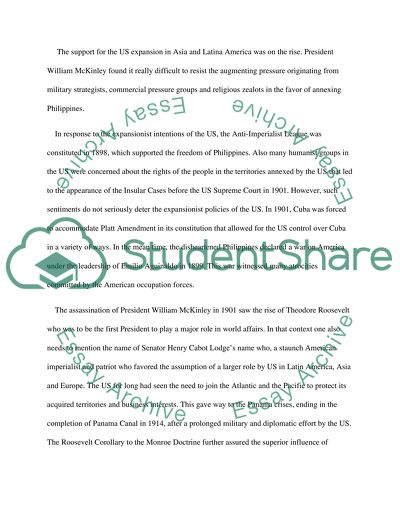Cite this document
(“History of the US in the First Half of the Twentieth Century Assignment”, n.d.)
History of the US in the First Half of the Twentieth Century Assignment. Retrieved from https://studentshare.org/history/1422006-history-essay
History of the US in the First Half of the Twentieth Century Assignment. Retrieved from https://studentshare.org/history/1422006-history-essay
(History of the US in the First Half of the Twentieth Century Assignment)
History of the US in the First Half of the Twentieth Century Assignment. https://studentshare.org/history/1422006-history-essay.
History of the US in the First Half of the Twentieth Century Assignment. https://studentshare.org/history/1422006-history-essay.
“History of the US in the First Half of the Twentieth Century Assignment”, n.d. https://studentshare.org/history/1422006-history-essay.


